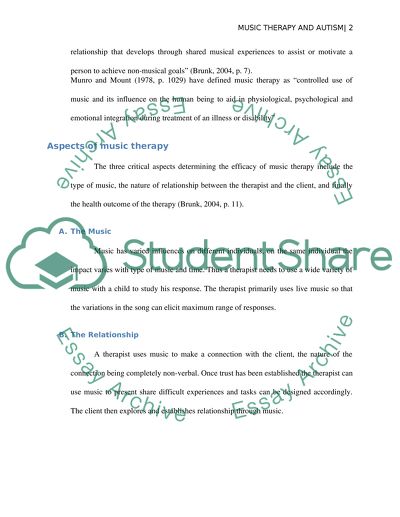Cite this document
(“Music Therapy: Helping Children in the Autism Spectrum Research Paper”, n.d.)
Retrieved de https://studentshare.org/music/1392840-music-therapy-helping-children-in-the-autism
Retrieved de https://studentshare.org/music/1392840-music-therapy-helping-children-in-the-autism
(Music Therapy: Helping Children in the Autism Spectrum Research Paper)
https://studentshare.org/music/1392840-music-therapy-helping-children-in-the-autism.
https://studentshare.org/music/1392840-music-therapy-helping-children-in-the-autism.
“Music Therapy: Helping Children in the Autism Spectrum Research Paper”, n.d. https://studentshare.org/music/1392840-music-therapy-helping-children-in-the-autism.


